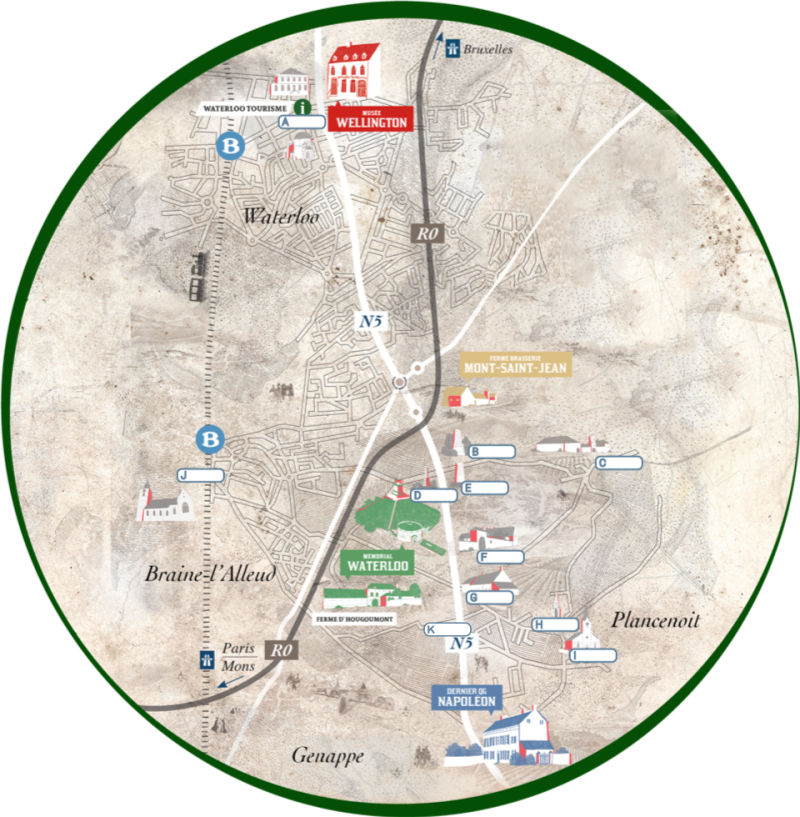
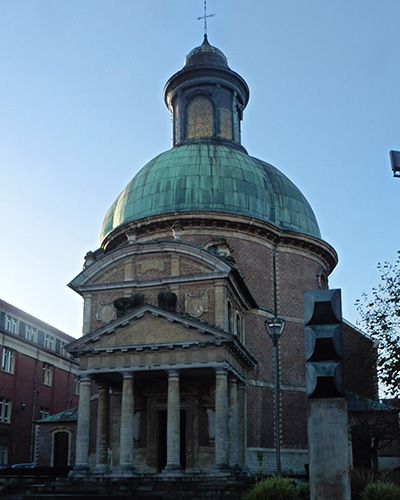
Royal Chapel
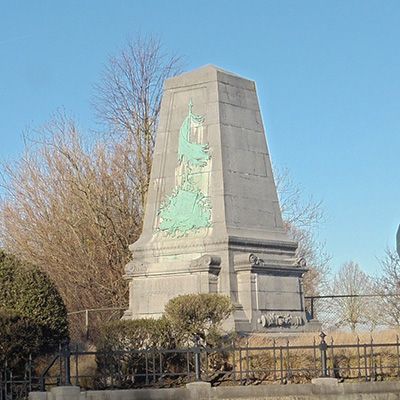
Monument to the Belgians
Distance depuis
- le syndicat d'initiative : 4 km
- le Mémorial/Butte du Lion: 300 m
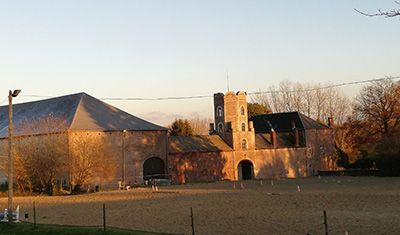
Papelotte Farmhouse
Distance depuis
- le syndicat d'initiative : 5 km
- le Mémorial/Butte du Lion: 1,5 km

Gordon Monument
Distance depuis
- le syndicat d'initiative : 4 km
- le Mémorial/Butte du Lion: 300 m
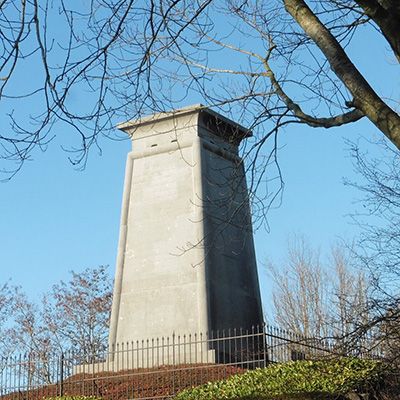
Hanoverian Monument
Distance depuis
- le syndicat d'initiative : 4 km
- le Mémorial/Butte du Lion: 300 m
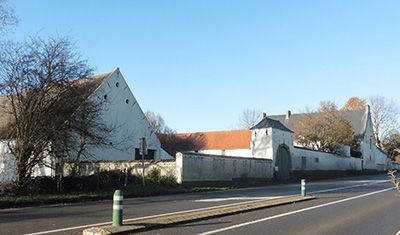
Haie-Sainte Farmhouse
Distance depuis
- le syndicat d'initiative : 4,5 km
- le Mémorial/Butte du Lion: 500 m
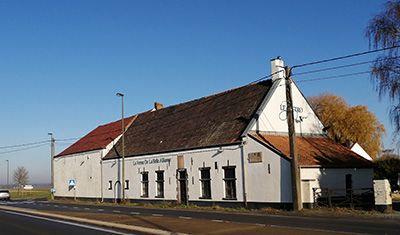
Belle-Alliance Farmhouse
Distance depuis
- le syndicat d'initiative : 6 km
- le Mémorial/Butte du Lion: 2 km
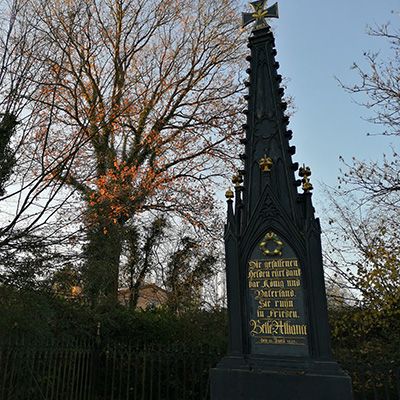
Prussian Monument
Distance depuis
- le syndicat d'initiative : 7 km
- le Mémorial/Butte du Lion: 2,5 km
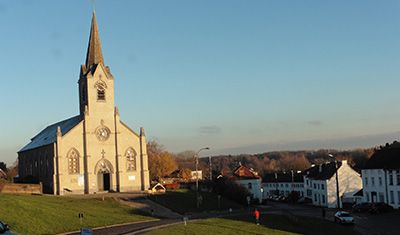
Church of Plancenoit
Distance depuis
- le syndicat d'initiative : 7,5 km
- le Mémorial/Butte du Lion: 3 km
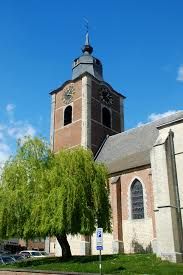
Church of Braine l'Alleud
Distance depuis
- le syndicat d'initiative : 5 km
- le Mémorial/Butte du Lion: 2,5 km
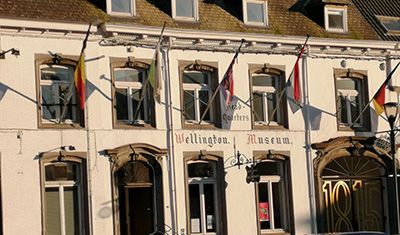
Wellington Museum
Distance depuis
- le syndicat d'initiative : 0 km
- le Mémorial/Butte du Lion: 4 km

Memorial Waterloo 1815
Distance depuis
- le syndicat d'initiative : 4 km
- le Mémorial/Butte du Lion: 0 km
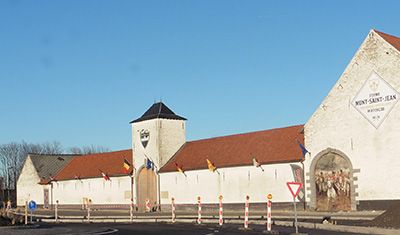
Mont-Saint-Jean Farm
Distance depuis
- le syndicat d'initiative : 3 km
- le Mémorial/Butte du Lion: 1 km
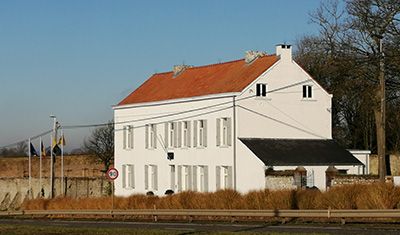
Napoleon's last Headquarters
Distance depuis
- le syndicat d'initiative : 9 km
- le Mémorial/Butte du Lion: 5 km
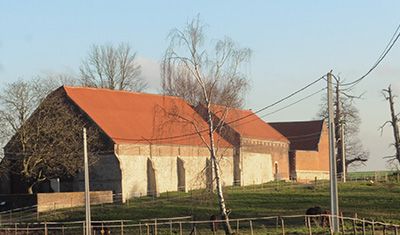
Hougoumont Farm
Distance depuis
- le syndicat d'initiative : 5 km
- le Mémorial/Butte du Lion: 1,5 km
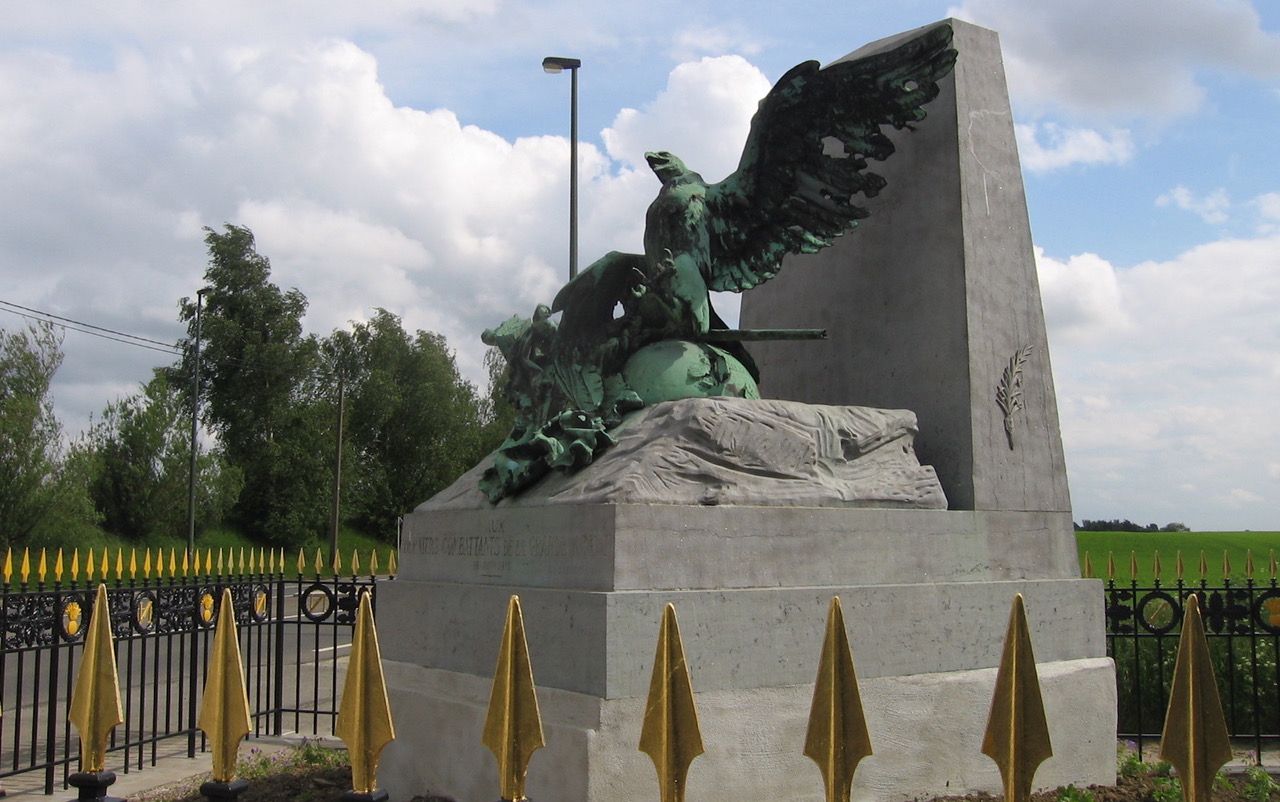
Wounded Eagle and Victor Hugo Tower
Distance depuis
- le syndicat d'initiative : 5 km
- le Mémorial/Butte du Lion: 1,5 km
Legende
- Royal Chapel
- Monument to the Belgians
- Papelotte Farmhouse
- Gordon Monument
- Hanoverian Monument
- Haie-Sainte Farmhouse
- Belle-Alliance Farmhouse
- Prussian Monument
- Church of Plancenoit
- Church of Braine l'Alleud
- Wounded Eagle and Victor Hugo Tower
SITES
- Memorial Waterloo 1815
- Mont-Saint-Jean Farm
- Wellington Museum
- Hougoumont Farm
- Napoléon’s Last Headquarters
-
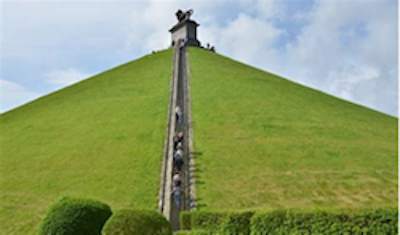
Memorial Waterloo 1815
Your visit to the Memorial 1815 Village has three parts: :
1. The history : a historical introduction with maps, explaining why there was a battle, why here in Waterloo, and the unfolding of the Waterloo Campaign of 1815.2. The Lion Mound : the mound was built between 1823 and 1826 by King William 1st of Holland to commemorate the Allied victory. You can climb up the 226 steps to the Lion.
3. The Panorama : built for the 100th anniversary of the battle, is a huge diorama, representing the charge of the French cavalry at around 4:30PM on June 18th.
The Memorial 1815 Museum, built for the 200th anniversary of the battle, covers history from the French Revolution up to and including Waterloo. NB: A visit to the Memorial Museum is without a guide, as there is an audio guide system in place.
 : Opening hours, ticket prices, and access:
: Opening hours, ticket prices, and access:  : Ticket to this site, or to all sites with “PASS1815”
: Ticket to this site, or to all sites with “PASS1815”  : This site is wheelchair accessible (except for the Panorama, and the Lion Mound)
: This site is wheelchair accessible (except for the Panorama, and the Lion Mound)
A vehicle will be needed for travel between the sites (except between the Memorial and the Hougoumont Farm) as well as appropriate clothing for the outdoorsOur four-legged friends are not allowed in the sites.
 : Route du lion, 1410 Braine l’Alleud - http://waterloo1815.be/
: Route du lion, 1410 Braine l’Alleud - http://waterloo1815.be/ : Visit to this site alone takes 1h(fee €70) or 1h30(fee €80)*, visit combined with other sites 3h.
: Visit to this site alone takes 1h(fee €70) or 1h30(fee €80)*, visit combined with other sites 3h.
NB: Allow another 1h30 for the audio guided visit to the Memorial Museum.
*Unless short of time, we recommend taking the 1:30 tour, to allow for better comprehension and an easier tour. The 1h tour suits those who have limited time, or who do not wish to climb the Lion Mound. -
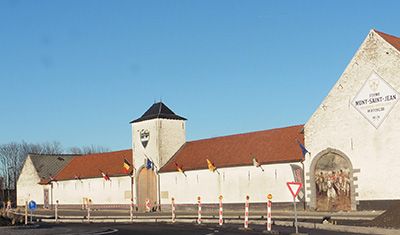
Mont-Saint-Jean Farm
It was in this 13th century farm that the Duke of Wellington decided to set up his field hospital under the command of Deputy Inspector Gunning of the Royal Army Medical Corps. More than 6000 combatants were cared for, including Colonels DeLancey and Gordon, Fitzroy Somerset, and Prince William of Orange, who suffered a shoulder injury.
A museum to the care to the woundedb> illustrates the role of this hospital in the battle.
The farm also includes a brewery, a distillery, and a shop specialising in local artisanal products.
Beer-tasting is possible here also.
Your guide will discuss the history of the farm, the events before and during the battle, and will also take you through the museum. An introduction with the use of a map will locate the farm with respect to the battlefield.
 : Opening hours, ticket prices, and access:
: Opening hours, ticket prices, and access: : Tickets for this site, or combined with Memorial 1815 Village tickets, or to all sites with the PASS1815
: Tickets for this site, or combined with Memorial 1815 Village tickets, or to all sites with the PASS1815 : This site is wheelchair accessible. NB: The courtyard is cobble-stoned
: This site is wheelchair accessible. NB: The courtyard is cobble-stoned
A vehicle will be needed to travel between the sites, with the exception of the between Memorial Village and Hougoumont Farm, as well as appropriate clothing for the outdoors.Our four-legged friends are not allowed in the sites.
 : Chaussée de Charleroi 551, 1410 Waterloo - http://www.fermedemontsaintjean.be
: Chaussée de Charleroi 551, 1410 Waterloo - http://www.fermedemontsaintjean.be : The visit takes 1h. If combined with other sites, allow 3h.
: The visit takes 1h. If combined with other sites, allow 3h.
NB: If planning an audio guided tour of the Memorial 1815, allow an additional 1:30. -
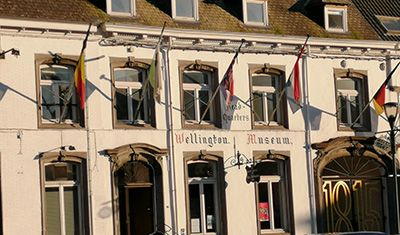
Wellington Museum
The Wellington Museum is housed in the former Bodenghien Inn, dating from 1705. In 1815, this large edifice was used as a postal relay station for horses, and was chosen by Wellington’s staff for their headquarters. Wellington spent the nights of the 17th and 18th of June 1815 here. It was also here where Wellington wrote his communique announcing the victory. Via the numerous authentic souvenirs, weapons, and etchings, the 14 rooms of the museum retrace the events of the period, and perpetuate the memory of the nations and soldiers who participated in the confrontation.
 : Opening hours, ticket prices, and access. Your journey from the Lion Village to the Museum is about 10 km, and will require your own transportation.
: Opening hours, ticket prices, and access. Your journey from the Lion Village to the Museum is about 10 km, and will require your own transportation. : Entry ticket includes a visit to the Memorial 1815, at the Lion Village, or you can purchase the PASS1815 ticket, which includes all the Sites.
: Entry ticket includes a visit to the Memorial 1815, at the Lion Village, or you can purchase the PASS1815 ticket, which includes all the Sites. : This Site is not wheelchair accessible.
: This Site is not wheelchair accessible.
Plan on your own transportation between the Sites, except for travel between the Lion Village and the Hougoumont Farm. Bring appropriate clothing for the weather.Our four-legged friends are not permitted to enter the Sites.
 : Chaussée de Bruxelles 147, 1410 Waterloo - http://www.museewellington.be/
: Chaussée de Bruxelles 147, 1410 Waterloo - http://www.museewellington.be/ : The tour will take 1h, (1:30 if you visit the Royal Chapel as well). 3h will be required if combined with other sites.
: The tour will take 1h, (1:30 if you visit the Royal Chapel as well). 3h will be required if combined with other sites.
NB: If doing the audio guide of the Memorial Museum (Lion Village), please allow 1:30. -
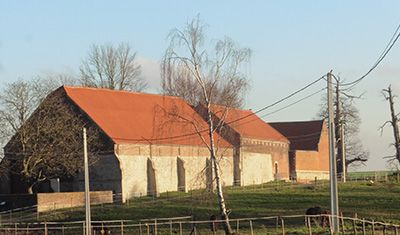
Hougoumont Farm
A guided visit to the Hougoumont Farm includes a state-of-the-art multi-media show telling the story of the battle (15 minutes), a tour of the courtyard and the chapel as well as the gardens, with a great view of the battlefield. Your guide will bring to life the great deeds of June 18th around this magnificent place very well described by Victor Hugo.
Advanced position on the right wing of the Allied line, this was the focus of bloody fighting. Jérôme Bonaparte, brother of the Emperor, commenced the attack against this fortified farm around 11:30AM. What was originally to be a diversionary manoeuvre became the most violent point of the battle. The French assaults were furious, yet in vain. Fierce fighting continued until about 7PM. The orchard and garden changed hands seven times while the buildings remained in the hands of the 1,500 Allied soldiers.
 : Opening hours, ticket prices, and access:
: Opening hours, ticket prices, and access:  : Ticket to this site, or combined with the Memorial Waterloo 1815, or all sites with PASS1815
: Ticket to this site, or combined with the Memorial Waterloo 1815, or all sites with PASS1815 : There is wheelchair access to this site (except for the gardens)
: There is wheelchair access to this site (except for the gardens)
A vehicle will be required to travel between the various sites (except for between the Memorial Village and the Hougoumont Farm) as well as appropriate clothing for outdoor conditions.Our four-legged friends are not allowed in the sites.
 : Route du jardinier 325, Braine l’alleud - http://www.waterloo-tourisme.com/fr/chateau-ferme-de-hougoumont
: Route du jardinier 325, Braine l’alleud - http://www.waterloo-tourisme.com/fr/chateau-ferme-de-hougoumont  : The visit takes approximately one hour. If included with another site, plan on three hours.
: The visit takes approximately one hour. If included with another site, plan on three hours.
NB: if you wish to visit the Memorial museum (with audio guide) allow an additional hour and a half. -
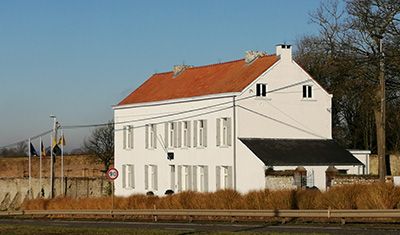
Napoléon’s Last Headquarters
Napoleon’s Last Headquarters are located in “Le Caillou” farm, 5 km south of the battlefield. It was there that Napoleon spent the night of June 17, 1815, surrounded by his general staff. He met with Marshals Soult and Ney, as well as many Generals on the morning of June 18th.
There is an ossuary, one of the rare soldier skeletons found on the battlefield, some souvenirs of the emperor, his camp bed, the table on which he displayed his maps and a collection of weapons of the period.
The guide will lead you throughout the farm and its orchard while explaining its history, the activities on June 17 and 18, as well as many anecdotes before and during the battle. An introduction with the help of a map will locate the site relative to the battlefield
 : Opening hours, ticket prices, and access:
: Opening hours, ticket prices, and access: : Entry to this site, or combined with the Memorial 1815 Village, or all sites with the « PASS1815 »
: Entry to this site, or combined with the Memorial 1815 Village, or all sites with the « PASS1815 » : This site is wheelchair accessible. NB: The courtyard is cobble-stoned.
: This site is wheelchair accessible. NB: The courtyard is cobble-stoned.
A vehicle will be needed to travel between the sites (except for between the Memorial Village and Hougoumont farm), as well as appropriate clothing for the outdoors.Our four-legged friends are not allowed in the sites.
 : Chaussée de Bruxelles 66, 1472 Vieux-Genappe - http://www.dernier-qg-napoleon.be/
: Chaussée de Bruxelles 66, 1472 Vieux-Genappe - http://www.dernier-qg-napoleon.be/ : The visit takes 1h. If combined with other sites, please allow 3h.
: The visit takes 1h. If combined with other sites, please allow 3h.
NB: If planning the audio guided tour of the Memorial Museum, please allow an additional 1:30h.
MONUMENTS
- Royal Chapel and St Joseh Church
- Monument to the Belgians
- Papelotte Farmhouse
- Gordon Monument
- Hanoverian Monument
- Haie-Sainte Farmhouse
- Belle-Alliance Farmhouse
- Prussian Monument
- Church in the village of Plancenoit
- St Etienne Church in Braine l'Alleud
- Wounded eagle and Victor Hugo Tower
-
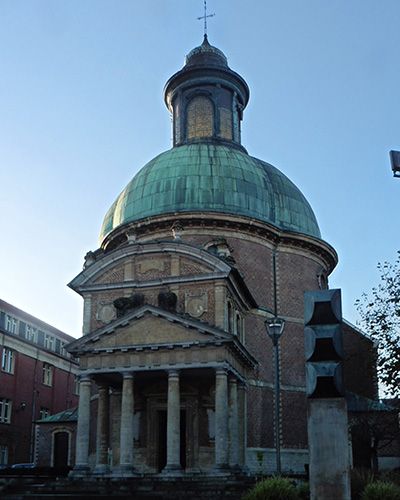
Royal Chapel and St Joseh Church
The “Royal Chapel” was built between 1687 and 1690 on the initiative of the Governor of the Netherlands, the Marquis de Gastañaga, in honor of the King of Spain Charles II, in the hope that he could have a son . A century after its inauguration, it was sold as national property and bought in 1806 by waterlooters and transformed into a parish church. It is a baroque building with a four-lobed plan, combining red brick for the shell; sandstone limestone for the base, the peristyle, the framing of the bays and the protruding bands; limestone for the step, the protruding parts of the pediments, the bases and capitals of columns; finally the copper of the roof. His tour is included in the 1.5-hour tour of the Wellington Museum
-
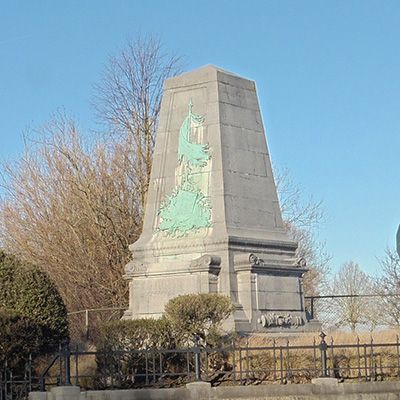
Monument to the Belgians
Inaugurated in September 1914, for the centenary of the battle, this monument recalls the ordeal of the Belgians in June 1815. It bears an inscription: "To the Belgians who died on June 18, 1815 while fighting for the defense of the flag and the honor of the arms".
4,200 Belgians and 4 generals participated in the Battle of Waterloo. The Dutch-Belgian contingent was attached to the British army under the name "Anglo-Dutch". The Belgians lost 1200 men, killed or wounded.
Only a few Belgians joined the French army. One was Lieutenant Demulder, who has the honor of having a monument on the Chemin des Vertes Bornes, near the Lion Mound. Killed while charging with the French cuirassiers of Ney, only a few kilometers from his birthplace at Nivelles, he had fought all over Europe with the Grande Armée.
-
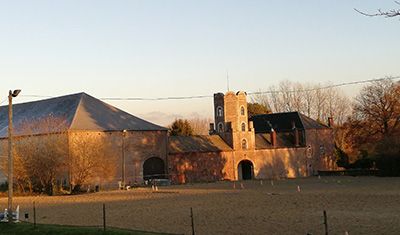
Papelotte Farmhouse
This farmhouse, located 2 km from the Lion Mound, served as an outpost on the Allied left flank. It was occupied by the 3rd battalion (light) of Nassauers, under the command of Prince Bernard of Saxe-Weimar.
Under attack by the French Durutte division of d’Erlon’s I Corps, it changed hands four times during the day.
It was on this side that von Zieten’s Prussian I Corps appeared on the battlefield around 7:30PM, successfully attacking the French right flank.
(Forrest…I find it difficult to defend the idea that Zieten alone “decided” the French defeat. What about Maitland, von Bulow, etc?:)
-
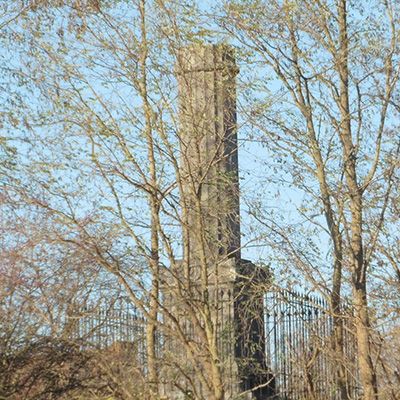
Gordon Monument
Lieutenant-Colonel Gordon, 29 years of age in 1815, member of the 3rd Foot Guards (Scots Guards), and aide-de-camp to Wellington suffered a shattered leg by cannonball around 6PM, the time the Haie Sainte farmhouse fell to the French. He was transported to Wellington’s Headquarters, where the leg was amputated. He subsequently died of his injuries.
His family, one of the ancient Scottish clans, had this monument built in 1817. His body rests in the memorial to the British dead at Waterloo, in the Brussels (Evere) cemetery.
-
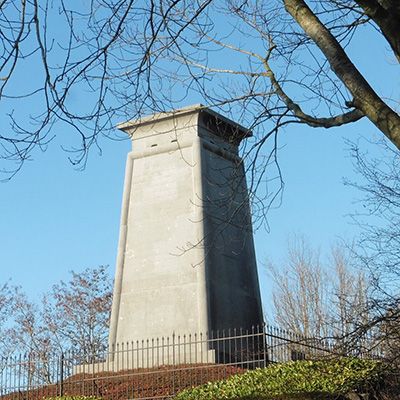
Hanoverian Monument
This truncated pyramid was erected in 1818 by the officers of the King’s German Legion (KGL), Anglo -German soldiers originating in Hanover. The King of Great Britain, George III who was also the sovereign of Hanover, welcomed with open arms the Hanoverian officers and troops who chose not to follow Napoleon after his conquest of Northern Germany. These troops were elite battalions, trained and equipped by the British. At Waterloo, they were charged with defending the Haie Sainte farmhouse.
When the orchard adjacent to the farmhouse had been invaded by the French troops of Marshall Ney, the Hanoverians occupied and defended the buildings, refusing to relent despite orders from Wellington. Nearly all of them perished in the attacks and in the fires.
-
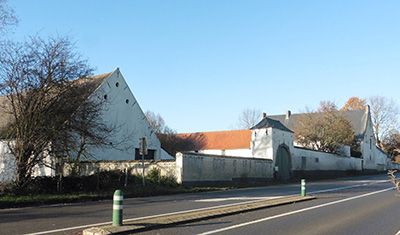
Haie-Sainte Farmhouse
This farmhouse was a critical stronghold in the center of the Duke of Wellington’s defensive lines.
The fighting in and around it was furious, both on attack and on defence.
Defended by the King’s German Legion led by Major George Baring, the farmhouse fell to the French Marshall Ney at approximately 6:30PM.
The defenders were equipped with Baker rifles (with rifled barrel) which were more accurate than muskets at longer distances (200 metres). This allowed them to selectively shoot French officers, recognisable by their distinctive uniforms. Of 1,000 defenders, only 42 escaped death.
-
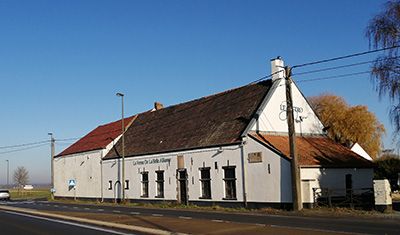
Belle-Alliance Farmhouse
This little farmhouse, built in 1765, a tavern (cabaret) in 1815, found itself in the middle of the French lines.
On the 17th of June 1815, around 6:30PM, the vanguard of the French army, pursuing the Allies who were strategically retreating towards Mont-Saint-Jean, reached the Belle Alliance. Napoléon stopped there, issued orders, and returned at 8PM to spend the night at the Caillou farmhouse (Now the Museum of the Napoleon’s Last HQ (DQGN).
On June 18th, at midday, Napoléon set up his HQ near this farmhouse, from whence he could see the whole battlefield.
In the evening, after the battle, Wellington and Blücher met near here, by chance, in the impending darkness. From here, Blücher gives orders to follow, pressure, and harry the French during their flight, which enabled them to them to capture Napoléon’s carriage, which had been stymied at the bridge in Genappe.
-
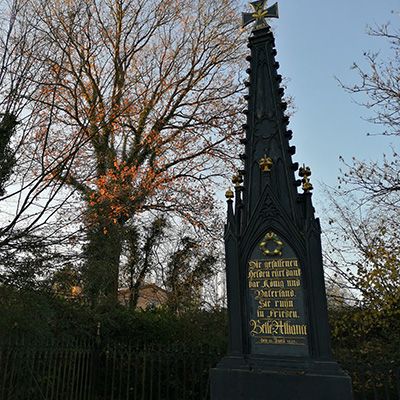
Prussian Monument
The Prussian monument, north of the village of Plancenoit, is a black gothic arrowhead surmounted by an Iron Cross, on a blue stone base. It faces Prussia. This monument, erected in 1819, was designed by Schinkel. This type of arrowhead is found in towns that record Prussian victories.
In 1832, French soldiers, employed by Leopold I in the siege of Antwerp, knocked the cross down, and the monument would have disappeared without the intervention of Marshal Gérard who saved it at the last minute. After this event, a protective fence was added to the monument.
-
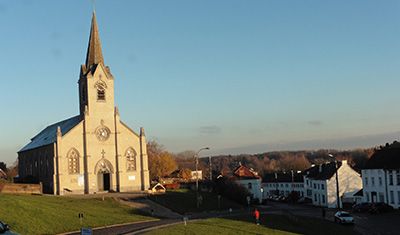
Church in the village of Plancenoit
The church in the village of Plancenoit, dedicated to Saint Catherine, was destroyed during the furious fighting on June 18th 1815, and rebuilt in 1856. There were violent confrontations in and around the cemetery of the church. The Prussian troops of the IV Corps of von Bülow attempted to surround the 4000 soldiers of Napoleon’s Young Guard, under General Duhesme, who were valiantly defending the village. The last French attack was led by General Pelet, who yelled “A moi, chasseurs, sauvons l’Aigle ou mourons autour d’elle. (With me men, let us save the Eagle, or die defending it).
The church contains many plaques to French soldiers killed in the village.
-
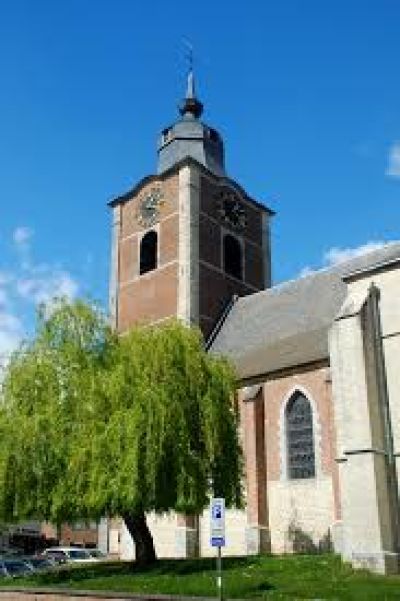
St Etienne Church in Braine l'Alleud
The St Etienne Church in Braine l'Alleud served as a hospital for the wounded of the Battle of Waterloo from June 19, 1815.
Wounded of all nationalities were treated there, and were able to count on the dedication of the doctors and women (religious and lay) of Braine l’Alleud and the surrounding villages.
-
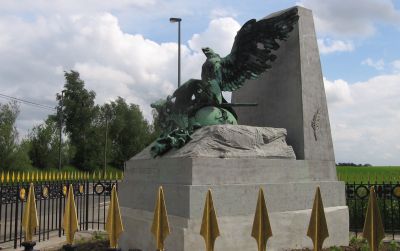
Wounded eagle and Victor Hugo Tower
 Nederlands (België)
Nederlands (België)  Deutsch (Deutschland)
Deutsch (Deutschland)  Français (France)
Français (France)  English (United Kingdom)
English (United Kingdom) 

